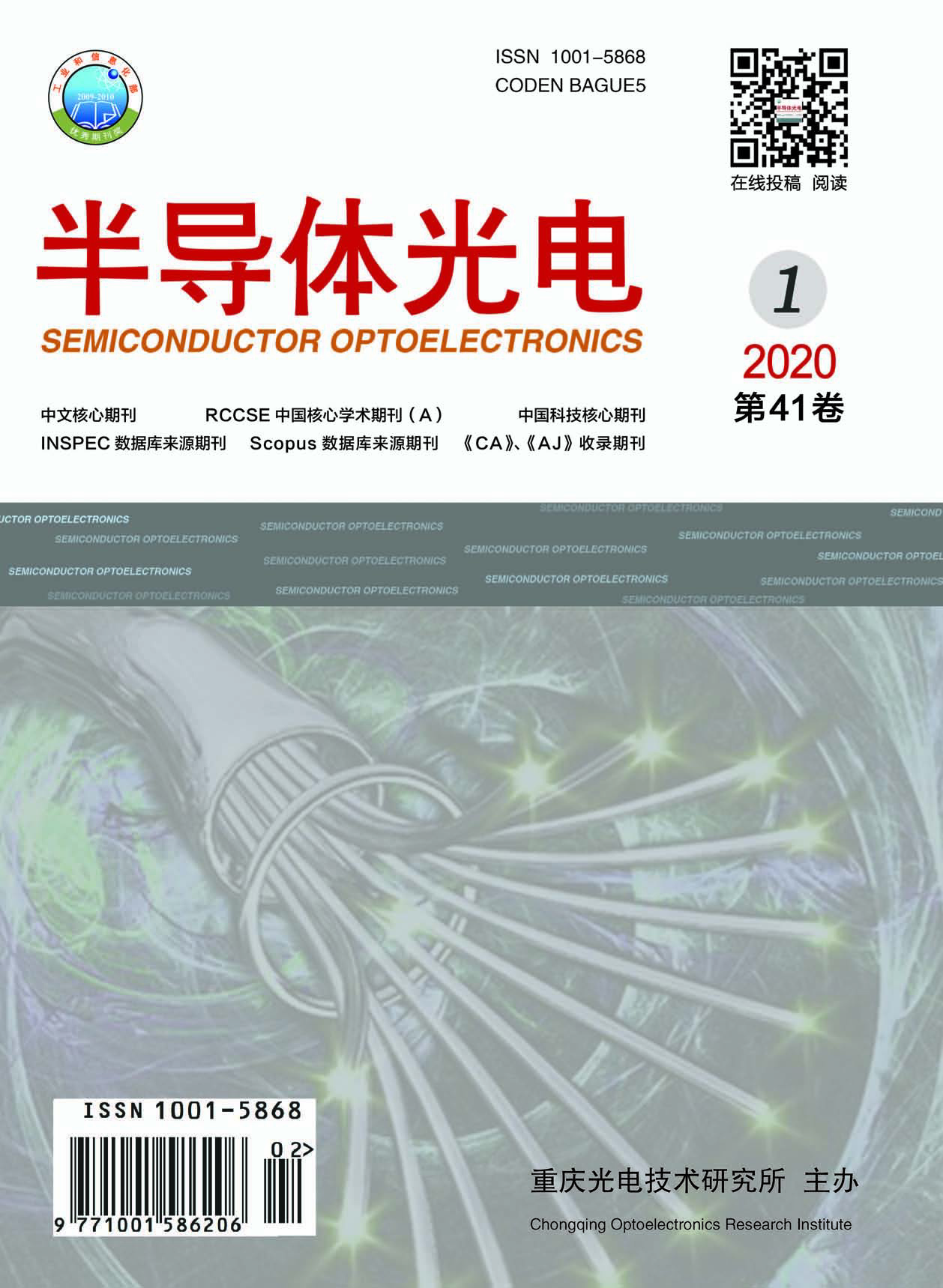联合空间信息的改进低秩稀疏矩阵分解的高光谱异常目标检测
[1] Reed I S, Yu Xiaoli. Adaptive multi-band CFAR detection of an optical pattern with unknown spectral distribution[J]. IEEE Trans. on Acoustics Speech and Signal Process, 1990, 38(10): 1760-1766.
[2] Taitano Y P, Geier B A, Bauer K W. A locally adaptable iterative RX detector[J]. Eurasip J. on Advances in Signal Processing, 2010(1): 341908.
[3] Stein D W J, Beaven S G, Hoff L E, et al. Anomaly detection from hyperspectral imagery[J]. IEEE Signal Proc. Magazine, 2002, 19(1): 58-69.
[4] Chang C I. Orthogonal subspace projection (OSP) revisited: a comprehensive study and analysis[J]. IEEE Trans. Geosci. Remote Sens., 2005, 43(3): 502-518.
[5] Kwon H, Nasrabadi N M. Kernel RX-algorithm: A nonlinear anomaly detector for hyperspectral imagery[J]. IEEE Trans. on Geoscience and Remote Sensing, 2005, 43(2): 388-397.
[6] Yuan Z, Sun H, Ji K, et al. Local sparsity divergence for hyperspectral anomaly detection[J]. IEEE Geoscience & Remote Sensing Lett., 2014, 11(10): 1697-1701.
[7] Zhao R, Du B, Zhang L. Hyperspectral anomaly detection via a sparsity score estimation framework[J]. IEEE Trans. on Geoscience & Remote Sensing, 2016, 99: 1-15.
[8] 唐意东, 黄树彩, 凌 强, 等. 字典学习稀疏表示的高光谱图像异常检测[J]. 强激光与粒子束, 2015, 27(11): 32-38.
Tang Yidong, Huang Shucai, Ling Qiang, et al. Dictionary learning based sparse representation for hyperspectral anomaly detection[J]. High Power Laser and Particle Beams, 2015, 27(11): 32-38.
[9] Zhang Y, Du B, Zhang L, et al. A low-rank and sparse matrix decomposition-based mahalanobis distance method for hyperspectral anomaly detection[J]. IEEE Trans. on Geoscience & Remote Sensing, 2016, 54(3): 1376-1389.
张炎, 华文深, 黄富瑜, 严阳, 王强辉, 索文凯. 联合空间信息的改进低秩稀疏矩阵分解的高光谱异常目标检测[J]. 半导体光电, 2020, 41(1): 141. ZHANG Yan, HUA Wenshen, HUANG Fuyv, YAN Yang, WANG Qianghui, SUO Wenkai. Joint Spatial Information and Improved Low-rank and Sparse Matrix Decomposition-based Anomaly Target Detection for Hyperspectral Imagery[J]. Semiconductor Optoelectronics, 2020, 41(1): 141.



